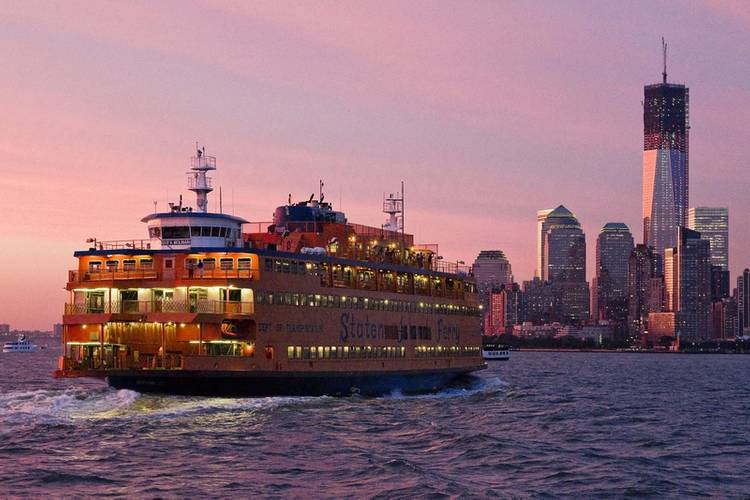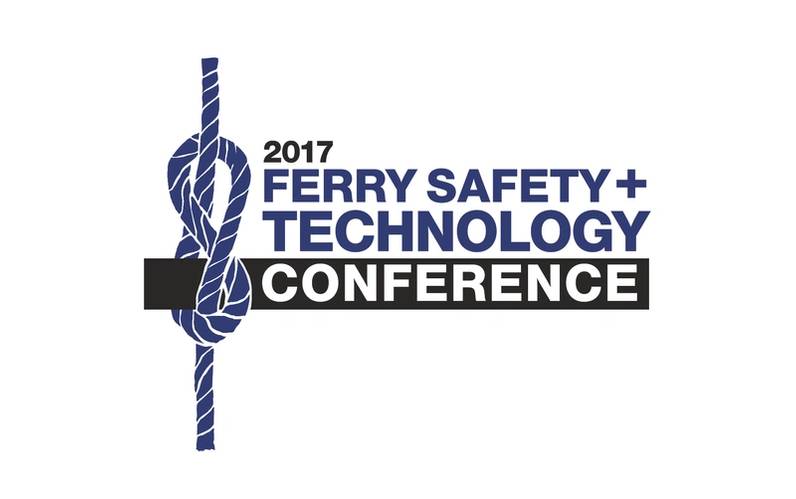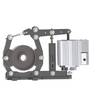Ferry Safety and Technology Conference 2017
There is a convergence of new advances in technology for ferries AND quantum leaps in ferry operations in Asia, Africa and North America.
- Can operating a ferry be made better safer and cheaper? Yes, says technology.
What’s exciting about this year’s Ferry Safety and Technology conference, the Third Annual, is the promise of technology – how telematics, affordable sensors, and graphic visualization – enhance safety, and vastly benefit the quality and cost of operations. This isn’t a conference for nerds and geeks – it’s for those of who need to use technology to understand it.
The conference to be held May 11-12 in New York City will present options for telematics (how data can be transmitted wirelessly over long distances) between ferry and base station. There will be presentations on the types of data that vendors have the capability of transmitting (automatic passenger counts; engine fuel use; engine overheating; and engine block integrity as well as vessel location, speed, and sharp turns. And because of the dizzying advances in technology, we believe that information about ferry route weather even over long distances could be made accessible.
Researchers at the University at Albany will share progress on the application of an algorithm that detects rapid change in weather observations that could be used to develop site-specific warnings and alerts, and the opportunity to apply these advances to new 3D printed weather monitors being developed for ferries. In summary communications options, what can be communicated, and what could be communicated will be presented at the conference.
But that’s not all. There will be a presentation about Google Glass Nav, which has been tested with eighty pilots and advanced mariners at the MITAGS_PMI simulator by researcher Martha Grabowski at RPI and LeMoyne College. Basically Google Glass Nav in techie jargon is a Wearable Immersive Augmented Reality Device and what it does is the same thing as electronic display charts – showing the presence of other vessels, buoys, land forms and the like – but untethered from the pilot house.
Training too can be untethered and also to be demonstrated at the conference, will be the long sought breakthrough, e-learning on mobile devices. E-learning – computer based learning– when blended with on board learning have been shown to be more effective than either alone. And Marine Learning Systems track students’ ability to learn, providing feedback to improve the course as well as feedback to the student to know how well they are doing. This latest advance of tablet- and phone-based learning is designed to allow crew to learn at their own pace during breaks and off hours in short segments of about 20-30 minutes. Marine LMS will present a demonstration of a course developed in conjunction with Philippines Archipelago Fast Cat with input by Worldwide Ferry Safety Association, Interferry members and IMO’s Bangladesh crew training course but with special additions on safety culture and safety equipment.
And all this data (about engine, vessel, passenger count, weather, training) could be packaged for managers but also to underwriters who would be justified in reducing premiums because with employment of these transparent systems the risks would be markedly reduced, digital insurance being to be employed in other sectors and to be discussed by a major player in Maritime Insurance Underwriting.
There is one more factor that will spur innovation and that is the astounding somewhat sudden growth of quality ferry operations in the developing world – in the Philippines – Archipelago Fast Cat, India (on 1000 miles of the Ganges system, funded in part by the World Bank); Thailand’s Chao Phraya River; and in Africa in Sierra Leone, the Ivory Coast, and another mega project funded by a major ferry builder for all of southern South Africa coast.
Why the developing world initiatives matter is because constraints spur innovation that we can all learn and benefit from. The classic case is GE’s fetal sonograms, built for the India market to be portable and off the grid, opened up a huge new business in hospital diagnostics for GE. Constraints will spur innovation and the fact of technology jumping (like wireless phone proliferation in the developing world faster than in the US precisely because of the lack of copper wire infrastructure) make for some interesting advances and opportunities.
New ideas will be on display. The results of the 4th international student design competition will be announced and awards given at the conference. This year students from all over the world have registered to submit designs for an expanded and integrated Chao Phraya River Ferry, the iconic ferry traversing the river of glittering ancient temples and shimmering modern hotels, now being integrated into a multimodal transportation system for the greater good of Bangkok.
And last but not least, the Ferry Safety and Technology conference will take place in the very location where Hornblower will launch the new Citywide Ferry Service this summer and participants will take a sneak peek of new landings. Connecting neighborhoods previously underserved by transit to rapidly growing job centers and tech hubs across the city, Citywide Ferry will speed commutation at the same time opening up new neighborhood destinations for visitors.
Click HERE to check out the conference.
Roberta Weisbrod is the Executive Director of the Worldwide Ferry Safety Association.

















